Updated: Apr 2
The Temptations: From Humble Beginnings to the Motown Spotlight
The Temptations’ journey to Motown is a story of raw talent, determination, and the pursuit of musical perfection.

Before they became one of the most legendary groups in music history, they were just a group of young singers hustling to make a name for themselves in the competitive world of Detroit’s R&B scene.
Early Beginnings: Two Groups, One Destiny
The Temptations’ roots go back to the late 1950s when two rival Detroit vocal groups were making waves in the local scene:
1️⃣ The Primes – Led by Paul Williams and Eddie Kendricks, The Primes were a talented trio known for their smooth harmonies and polished choreography. They performed around Birmingham, Alabama, before relocating to Detroit, where they gained a following.
2️⃣ The Distants – This group included Otis Williams, Melvin Franklin, Elbridge "Al" Bryant, Richard Street, and others. They had some regional success with a 1959 single, "Come On", but never broke into the mainstream.

The Birth of The Temptations (1961)
Otis Williams, recognizing the immense talent in both groups, suggested a merger of The Primes and The Distants.
The newly formed lineup included:✅ Otis Williams (baritone)✅ Melvin Franklin (bass)✅ Eddie Kendricks (tenor, falsetto lead)✅ Paul Williams (baritone, choreography leader)✅ Elbridge "Al" Bryant (tenor, early lead singer)
They called themselves The Elgins at first but later changed their name to The Temptations—a name suggested by their manager.
Getting Noticed: The Road to Motown
Now performing as The Temptations, the group hit the Detroit club scene hustling for gigs, perfecting their vocal harmonies, and developing sharp dance routines.
🔹 They struggled to land a major record deal despite their undeniable talent. In 1961, they auditioned for Berry Gordy’s Motown Records but were initially turned down.

🔹 They signed with a small Motown-associated label, Miracle Records, and released their first single, "Oh, Mother of Mine", followed by "Check Yourself"—but neither made a major impact.
🔹 1962: A Major BreakMotown officially absorbed The Temptations into its roster, moving them to the Gordy label, a Motown subsidiary. But their early Motown years were still a struggle. Al Bryant was eventually replaced by David Ruffin in 1964 due to tensions in the group.
Motown’s Hit Machine:
The First Big Break (1964-1965)
The group’s breakthrough moment came when Smokey Robinson wrote and produced "The Way You Do the Things You Do" (1964), their first hit, reaching #11 on the Billboard Hot 100.
From there, they were on their way to stardom, and "My Girl" (1965)—with David Ruffin on lead vocals—sealed their place in history as one of the greatest groups of all time.
The Temptations: The Road to Pop Stardom in the 1960s
Detroit, 1964. Five young men, dressed sharp and ready to take on the world, stood in the studio of Hitsville, U.S.A.—the beating heart of Motown Records. For years, they had hustled in the shadows, singing on street corners, performing in local clubs, and barely making ends meet. They had been waiting for their moment. And then, with one song, everything changed.

The Moment Everything Clicked
It was Smokey Robinson who saw something special in them, something beyond their slick harmonies and razor-sharp choreography.
He had written a song—one that needed just the right voice. David Ruffin, the group’s newest member, stepped up to the mic. The first notes of the melody filled the room, and when Ruffin’s gravelly, passionate voice rang out—“I’ve got sunshine on a cloudy day”—history was made.
"My Girl" wasn’t just a song; it was a revelation. It shot to #1 on the Billboard Hot 100, turning The Temptations from a promising Motown act into superstars. No longer just another vocal group, they were now a defining sound of the 1960s.
A New Era of Hits
With Ruffin’s fiery lead vocals and Otis Williams, Melvin Franklin, Eddie Kendricks, and Paul Williams locking in perfect harmony, The Temptations became unstoppable.
They churned out hit after hit:
🎶 "Ain’t Too Proud to Beg" (1966) – A desperate, pleading groove that climbed the charts
.🎶 "Beauty Is Only Skin Deep" (1966) – A smooth, infectious tune that showcased their signature style.
🎶 "I Wish It Would Rain" (1967) – A heartbreaking ballad that proved their depth.
On stage, they were unlike anyone else—synchronized moves, tailored suits, effortless cool. They didn’t just sing; they performed, setting the standard for every group that followed.
But while their music soared, tensions were brewing behind the scenes.
Fame, Ego, and the Fall of David Ruffin
By 1967, Ruffin, the man who had led them to the top, wanted more. He wanted The Temptations to be renamed "David Ruffin & The Temptations." He started missing rehearsals, showing up late for shows, even skipping performances entirely.

The group had a choice—continue as a unit or let one man’s ego break them apart. In 1968, they made the painful decision to fire Ruffin and move forward.
A New Sound, A New Voice
With Ruffin gone, The Temptations turned to Dennis Edwards, a powerful, grittier singer who could handle a new, funkier sound. The world was changing—the Civil Rights Movement, the Vietnam War, psychedelic rock—and The Temptations were about to change with it.
Their music took a bold new turn:🎸 "Cloud Nine" (1968) – A psychedelic, electric explosion of sound that won them their first Grammy Award.🔥 "I Can’t Get Next to You" (1969) – A raw, energetic anthem that became a #1 pop hit.
This wasn’t just soul music anymore. It was revolutionary.

The End of the Decade, The Start of a Legacy
By the time the 1960s came to a close, The Temptations weren’t just Motown’s biggest male group—they were cultural icons.
✔ They had four #1 pop hits and countless R&B chart-toppers.✔ They had evolved from polished doo-wop into pioneers of Psychedelic Soul.✔ They had set the gold standard for live performances, influencing artists for generations.
The Temptations had arrived. But the 1970s would take them into uncharted territory, where the music—and the challenges—would only grow more intense.
The Temptations & The Fall of David Ruffin
By 1967, David Ruffin was at the top of the world. His electrifying, gospel-drenched vocals had propelled The Temptations to superstardom, and songs like "My Girl", "Ain’t Too Proud to Beg", and "I Wish It Would Rain" had cemented their place in music history. But success came with a cost—and Ruffin was changing.
The Rise of an Ego
As the group climbed higher, Ruffin’s personality began to shift. He saw what was happening with Diana Ross & The Supremes—how Berry Gordy had placed Ross at the forefront, renaming the group in her image.

Ruffin believed The Temptations should follow suit.
“David Ruffin & The Temptations”—that was what he wanted.
The rest of the group, especially Otis Williams, wasn’t having it. The Temptations had always been about the collective, the harmonies, the unit. No one was bigger than the group—not even the man who sang lead on their biggest hits.
But Ruffin wasn’t just battling egos. He was battling himself.
Drugs, Drama, and Unpredictability
As The Temptations’ schedule became more intense, Ruffin started showing up late—or not showing up at all.

He’d miss rehearsals, skip meetings, and even demand a separate limo from the rest of the group so he could make a grand entrance.
Behind the scenes, he was spiraling. Drug use became an issue, fueling his erratic behavior.
On stage, he was still magnetic—but offstage, he was unreliable, volatile, and unpredictable.
The breaking point came in mid-1968 when Ruffin missed multiple performances and was seen partying instead. The Temptations had had enough.
The Hardest Goodbye: Ruffin is Fired
Behind closed doors, Motown and The Temptations made the painful decision—Ruffin had to go.
It wasn’t just about discipline; it was about survival. If they wanted to keep their momentum going, they needed consistency, professionalism, and a fresh start.
They had Dennis Edwards waiting in the wings—another powerhouse singer who could carry the torch.
On June 27, 1968, The Temptations performed their first show without David Ruffin. Edwards took the lead, and the crowd loved him. The transition had begun.

But Ruffin wasn’t ready to let go.
The Temptations' Shows Turn Into Chaos
In the months after being fired, Ruffin crashed multiple Temptations concerts. He would sneak into venues, jump on stage mid-performance, grab the mic, and start singing—as if he were still in the group.
Security had to physically remove him multiple times.
Fans were confused. Ruffin was still beloved, but The Temptations had moved on.
By 1969, Motown helped Ruffin launch a solo career, but he never found the same success he had with The Temptations. His voice remained legendary, but his demons followed him.

The End of an Era, The Start of Something New
Despite the drama, The Temptations didn’t just survive without Ruffin—they thrived. With Dennis Edwards, they embraced a grittier, more socially conscious sound, leading to hits like "Cloud Nine" and "I Can’t Get Next to You".
But the legend of David Ruffin & The Temptations never faded. His contributions were too great, his voice too unforgettable.
Years later, the group would reunite with him briefly. But by then, the damage was done.
The Temptations After David Ruffin: Member Changes & Reinvention
By mid-1968, The Temptations had survived the loss of their most iconic lead singer, David Ruffin, but they had no time to mourn. They had to evolve—or be left behind.
With a new frontman, a bold new sound, and the guidance of producer Norman Whitfield, The Temptations not only stayed on top—they changed the game.

1968-1971: Dennis Edwards & the Psychedelic Soul Era
With Dennis Edwards replacing Ruffin, The Temptations shifted from their classic smooth R&B sound to something grittier, funkier, and more experimental.
🔥 "Cloud Nine" (1968) – Their first major hit with Edwards, featuring heavy funk influences and a socially conscious message about poverty and escape. It won them their first Grammy Award, proving they could reinvent themselves.
🔥 "Runaway Child, Running Wild" (1969) – A nearly 10-minute-long epic that fused psychedelic rock with Motown soul.
🔥 "I Can’t Get Next to You" (1969) – A hard-hitting track that shot to #1 on the Billboard Hot 100, proving they were still dominant.
🔥 "Ball of Confusion (That’s What the World Is Today)" (1970) – A chaotic, political anthem reflecting the turbulence of the era.
During this time, The Temptations weren’t just a vocal group anymore—they were cultural commentators, blending the sounds of Sly & The Family Stone, Jimi Hendrix, and James Brown with their own polished harmonies.
Their transformation into psychedelic soul pioneers kept them relevant while Motown’s polished pop formula was fading.
1971-1975: The Paul Williams Tragedy & More Changes
Behind the scenes, original member Paul Williams was struggling. His health was deteriorating, and he was battling alcoholism and depression.

By 1971, he was too ill to perform consistently. Richard Street (previously of The Monitors) began filling in for him behind the scenes, singing Williams' parts from backstage when he couldn't go on.
In 1973, after leaving the group, Paul Williams tragically died by suicide. His loss deeply affected the remaining members.
More Lineup Changes: Eddie Kendricks Departs (1971)
While Dennis Edwards had become the lead powerhouse, Eddie Kendricks was growing frustrated. He wanted the group to return to their romantic, classic soul sound.
Feeling unappreciated and tired of creative conflicts, Kendricks left The Temptations in 1971 to pursue a solo career—which quickly paid off with his hit "Keep on Truckin'" reaching #1 in 1973.
To replace him, The Temptations brought in Damon Harris, whose voice closely matched Kendricks' falsetto.

🔥 "Papa Was a Rollin' Stone" (1972) – A dark, cinematic masterpiece about an absent father, stretching nearly 12 minutes long. It won three Grammy Awards, proving The Temptations could still push musical boundaries.
🔥 "Masterpiece" (1973) – Another sprawling, orchestrated epic produced by Norman Whitfield.
At this point, The Temptations had transitioned into deep, complex storytelling through music.
1975-1982: The Funk Years & Norman Whitfield's Departure
By the mid-70s, Motown was changing—many of its biggest stars, including The Jackson 5 and Marvin Gaye, were leaving for better deals.

🔥 "Shakey Ground" (1975) – A funk anthem featuring Funkadelic’s Eddie Hazel on guitar, showing how deeply The Temptations had embraced the genre.
But tensions were brewing between Norman Whitfield and the group. They were tired of long, drawn-out productions, and in 1975, The Temptations parted ways with Whitfield.
To replace Dennis Edwards (who briefly left), they brought back David Ruffin and Eddie Kendricks for a reunion tour in 1982.
While the tour was commercially successful, old conflicts resurfaced, and it became clear that Ruffin and Kendricks couldn’t stay in the group permanently.
1980s: Return to Motown & The Final Years of Ruffin & Kendricks
By the early 1980s, The Temptations found themselves struggling to stay relevant in an era dominated by disco and emerging hip-hop.
They returned to Motown in 1980, and Dennis Edwards rejoined for their 1984 hit "Treat Her Like a Lady", which became their biggest song in years.

But by then, tragedy was closing in:
David Ruffin battled drug addiction and passed away in 1991 due to an overdose.
Eddie Kendricks died from lung cancer in 1992.
How The Temptations Stayed on Top
Through all these changes, The Temptations survived by:
✔ Adapting to new sounds – from doo-wop to psychedelic soul to funk, they never got stuck in one era.
✔ Maintaining a core identity – even with new members, their harmonies and stage presence remained elite.
✔ Embracing storytelling – songs like "Papa Was a Rollin’ Stone" turned them into narrative-driven musicians.
✔ Keeping the legacy alive – Otis Williams, the only surviving original member, continues leading the group today.
Even now, The Temptations remain one of the most influential and longest-running groups in music history.

The Temptations' Legacy: How They Changed Music Forever
For over six decades, The Temptations have remained one of the greatest vocal groups of all time, influencing generations of artists across R&B, soul, funk, pop, and even hip-hop. From their Motown origins to their boundary-pushing experimentation, their legacy continues to shape music today.
The Blueprint for Vocal Groups
Before The Temptations, vocal groups were mostly doo-wop and harmony-driven, but The Temptations changed the game by incorporating:
✔ Multi-lead vocals – Instead of having one dominant lead, they showcased different voices on different songs, creating variety.
✔ Precision choreography – Their sharp, synchronized dance moves became a signature, influencing groups like The Jackson 5, New Edition, Boyz II Men, and even NSYNC.

✔ Stage presence & theatricality – Their performances felt like Broadway-level productions, with tight harmonies and dynamic storytelling.
Without The Temptations, there’s no Boyz II Men, Jodeci, New Edition, Dru Hill, or even modern acts like BTS, who use synchronized group harmonies and choreography.
Soul & R&B Pioneers
🔥 The smooth soul era (1960s) – With "My Girl", "Ain't Too Proud to Beg", and "Just My Imagination", they defined Motown's romantic, polished R&B sound, influencing later artists like Luther Vandross and Brian McKnight.

🔥 The psychedelic soul era (late 60s-70s) – With hits like "Cloud Nine" and "Papa Was a Rollin' Stone", they blended funk, rock, and social themes, paving the way for Prince, Earth, Wind & Fire, and Parliament-Funkadelic.
🔥 The funk era (mid-70s) – Songs like "Shakey Ground" and "Masterpiece" helped bridge the gap between classic soul and the rising funk movement, influencing bands like The Commodores and The Isley Brothers.
Influence on Hip-Hop & Sampling Culture
Hip-hop producers have heavily sampled The Temptations, proving their music remains fresh even in modern times. Some of the biggest examples:
🎤 Tupac – "Temptations" (1995) – Directly named after them, sampling their smooth, soulful delivery.🎤 MC Hammer – "Too Legit to Quit" (1991) – Sampled The Temptations’ tight harmonies and showmanship.
🎤 J Dilla – "The Diff'rence" (2006) – Sampled "What It Is?" by The Temptations, adding a new generation of funk to their sound.
Artists from Dr. Dre, Nas, and The Notorious B.I.G. to Snoop Dogg and Kendrick Lamar have all drawn from The Temptations’ legacy in melody, storytelling, and production.
Timeless Storytelling in Music
Few groups told stories through music as powerfully as The Temptations. Their songs tackled:
🎭 Love & Heartbreak – "My Girl," "Just My Imagination"

⚡ Struggles & Social Change – "Ball of Confusion," "Cloud Nine"
🎤 Real-Life Hardships – "Papa Was a Rollin’ Stone"
This storytelling approach influenced Stevie Wonder, Marvin Gaye ("What’s Going On"), Michael Jackson ("Man in the Mirror"), and even artists like Kendrick Lamar, who use music to paint vivid pictures of real-life experiences.
The Temptations Today: Still Going Strong
Even with countless member changes, The Temptations are still touring today.
SAD LOSES
David Ruffin (1941-1991)
David Ruffin’s life tragically ended on June 1, 1991, due to a drug overdose at the age of 50. He had been struggling with addiction for many years, which affected his career and personal life. Despite his untimely passing, Ruffin’s legacy as one of the greatest soul singers in history is undeniable. His iconic voice, featured on hits like "My Girl" and "Ain't Too Proud to Beg," continues to inspire singers and musicians in R&B and beyond.
After leaving The Temptations in 1968, Ruffin had a successful solo career, scoring hits like "My Whole World Ended" and "I’m So Glad I Fell for You". His contributions to the genre are celebrated through posthumous releases, tribute albums, and continued recognition by fans and peers alike.
Eddie Kendricks (1939-1992)
Eddie Kendricks passed away from lung cancer on October 5, 1992, at the age of 52. Like Ruffin, Kendricks was a key figure in The Temptations' success, particularly with his smooth falsetto voice on songs like "The Way You Do The Things You Do" and "Just My Imagination." After leaving The Temptations in 1971, Kendricks also had a successful solo career, with hits like "Keep On Truckin’" reaching the top of the charts in 1973.
Eddie Kendricks, known as "the voice of silk," remains a touchstone in soul and R&B music. His work has continued to influence artists in these genres, and his contributions to the development of vocal harmony and soul music are still studied and appreciated.y Otis Williams, the last surviving original member.
ONWARD
🔹 In 2018, they released the album "All the Time", showing their ability to adapt even in modern R&B.🔹 Their life story was turned into a Broadway musical, "Ain’t Too Proud – The Life and Times of The Temptations", earning Tony Awards and critical acclaim.🔹 They were inducted into the Rock and Roll Hall of Fame (1989) and named one of the greatest artists of all time by Rolling Stone.
Even now, their songs remain timeless, with new generations still discovering their music through movies, commercials, and streaming.
Why The Temptations Will Always Matter
The Temptations weren’t just another Motown group. They revolutionized vocal harmony, choreography, and storytelling in music.
✔ They bridged the gap between classic soul, funk, and modern R&B.✔ They proved a group could evolve without losing its identity.✔ They inspired generations of artists, from Boyz II Men to Prince, from Tupac to BTS.
Few groups have adapted, influenced, and endured as much as The Temptations. Their music continues to inspire, proving that soul never dies—it just evolves. 🎶🔥

As of March 2025, The Temptations' lineup consists of:
Otis Williams (1960–present): The sole surviving original member and baritone vocalist.
Ron Tyson (1983–present): Lead tenor and falsetto, contributing to the group's signature harmonies.
Terry Weeks (1997–present): Second tenor, known for his versatile vocal range.
Tony Grant (2021–present): Tenor, bringing fresh energy and experience to the ensemble.
Jawan M. Jackson (2022–present): Bass vocalist, adding depth with his rich tones.
This lineup continues The Temptations' legacy, blending classic soul with contemporary influences. They remain active, performing and recording new music, ensuring their timeless appeal endures.
The Temptations show no signs of slowing down. With ongoing tours, special releases, and their story reaching new audiences through the "Ain't Too Proud" musical, they continue to solidify their legacy while engaging both long-time fans and new listeners.
For the latest updates on their activities, it's advisable to follow their official channels and reputable news outlets.



























































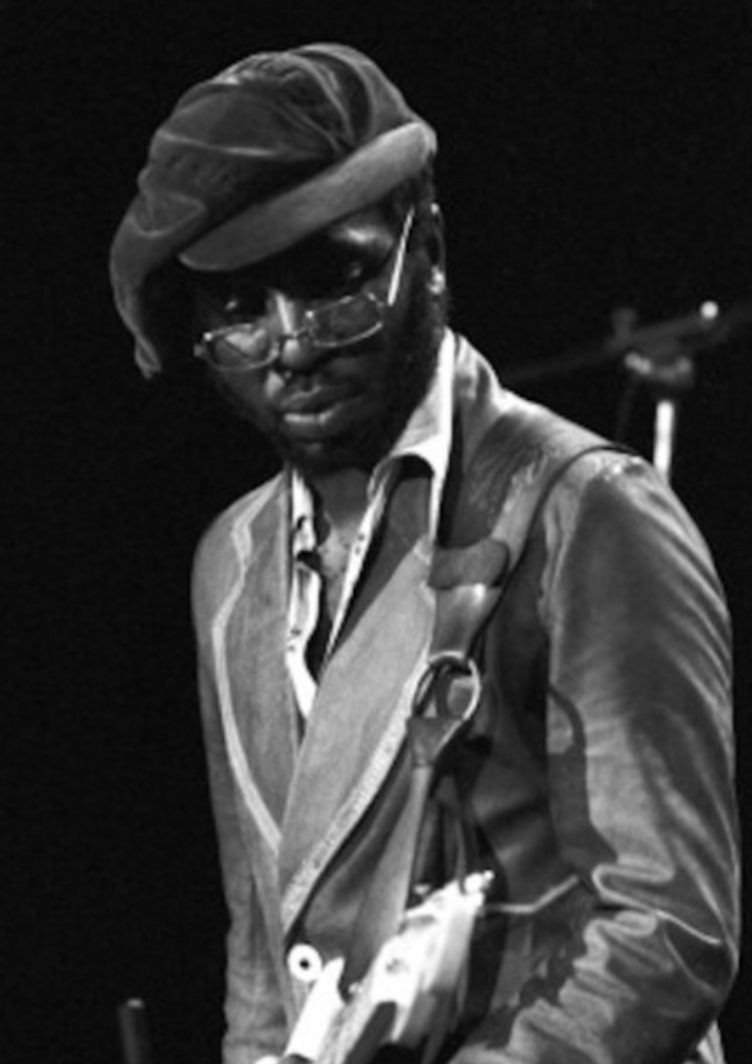










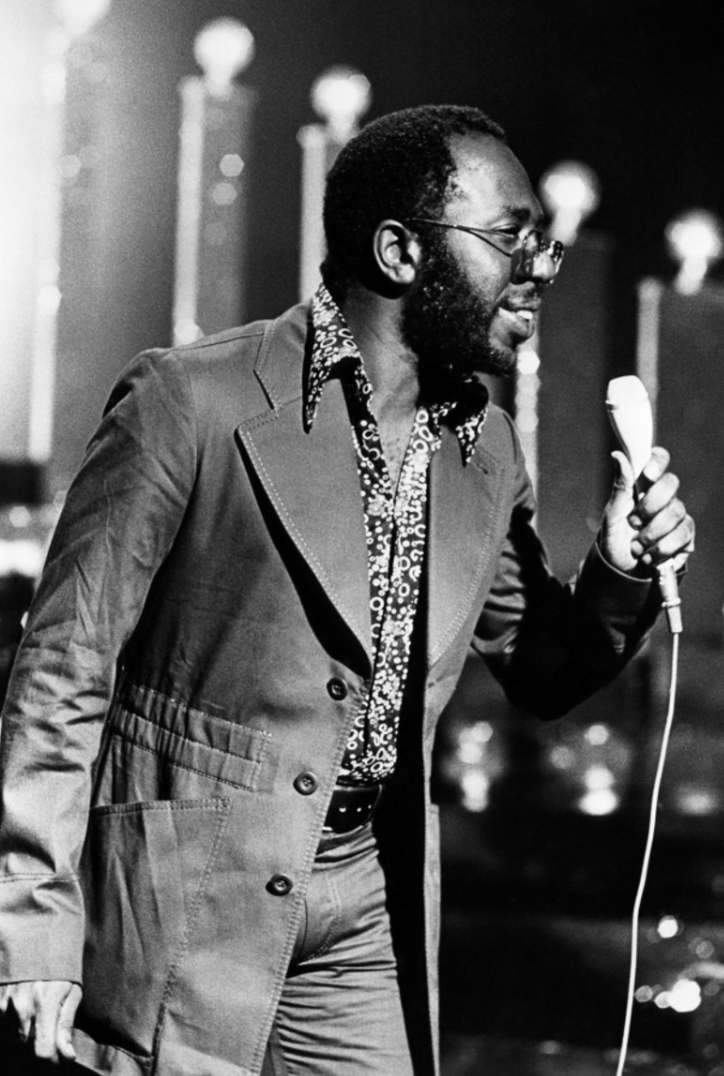
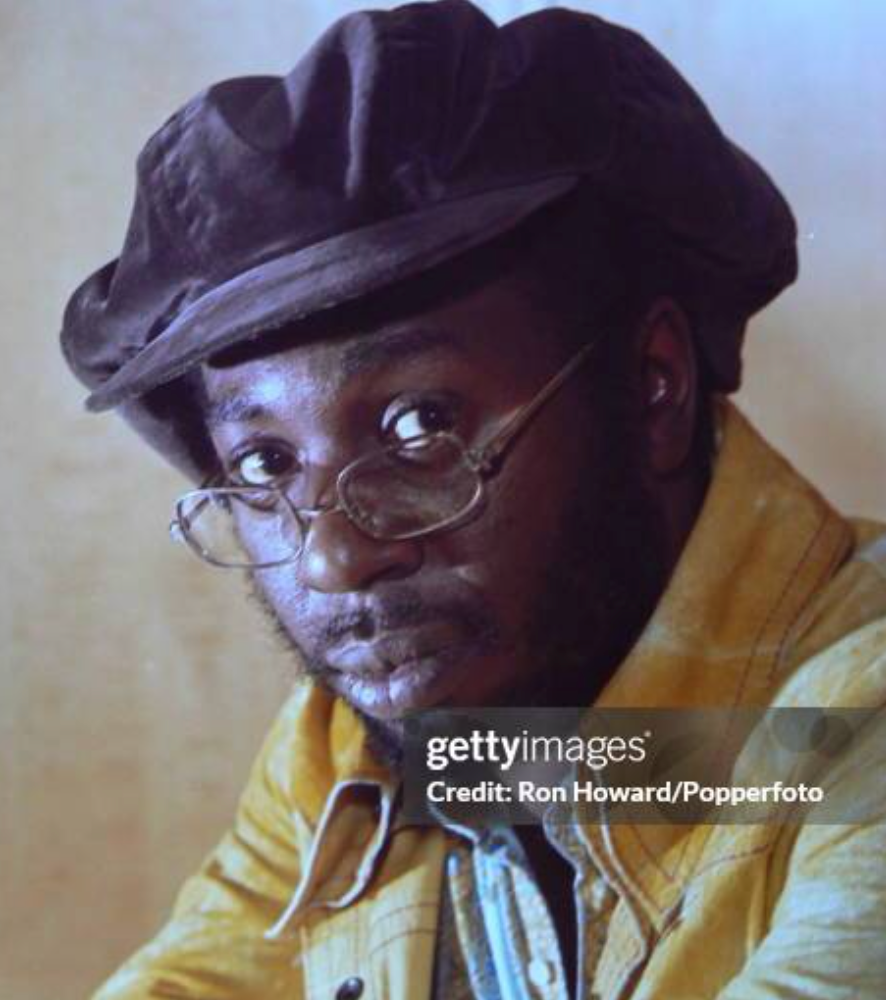





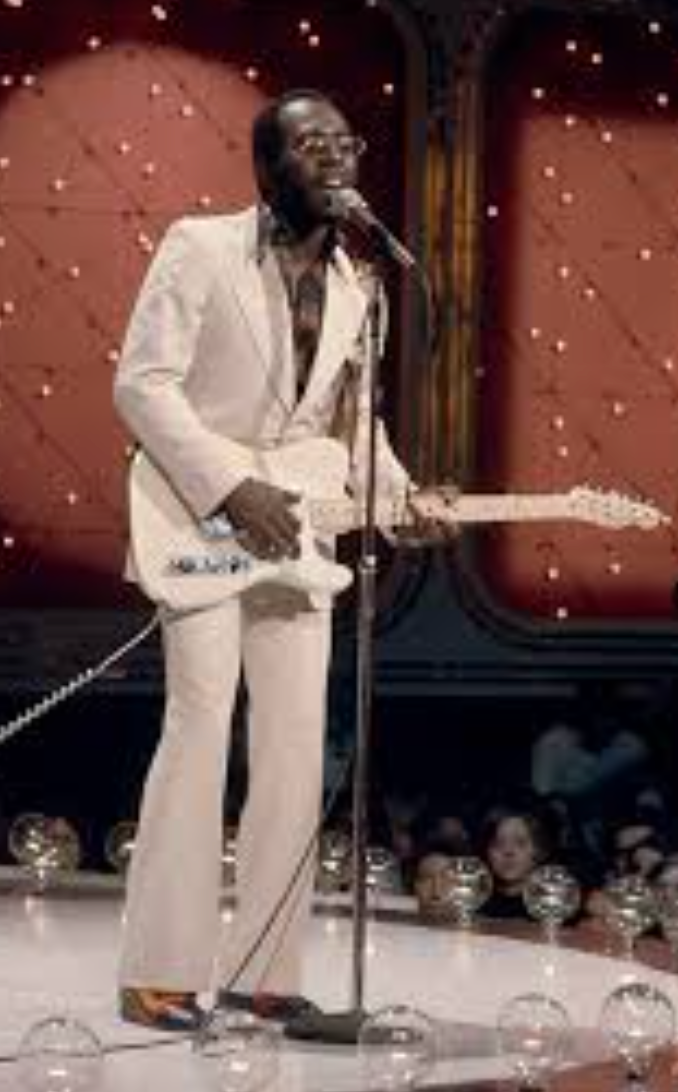

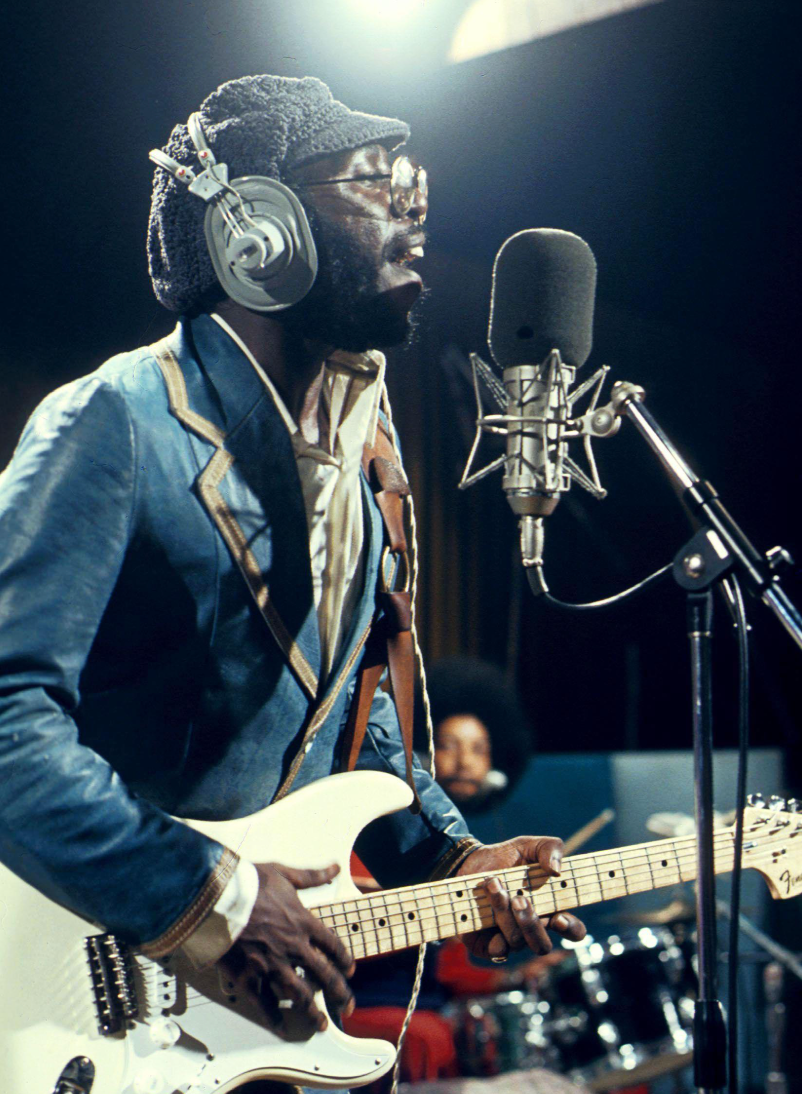
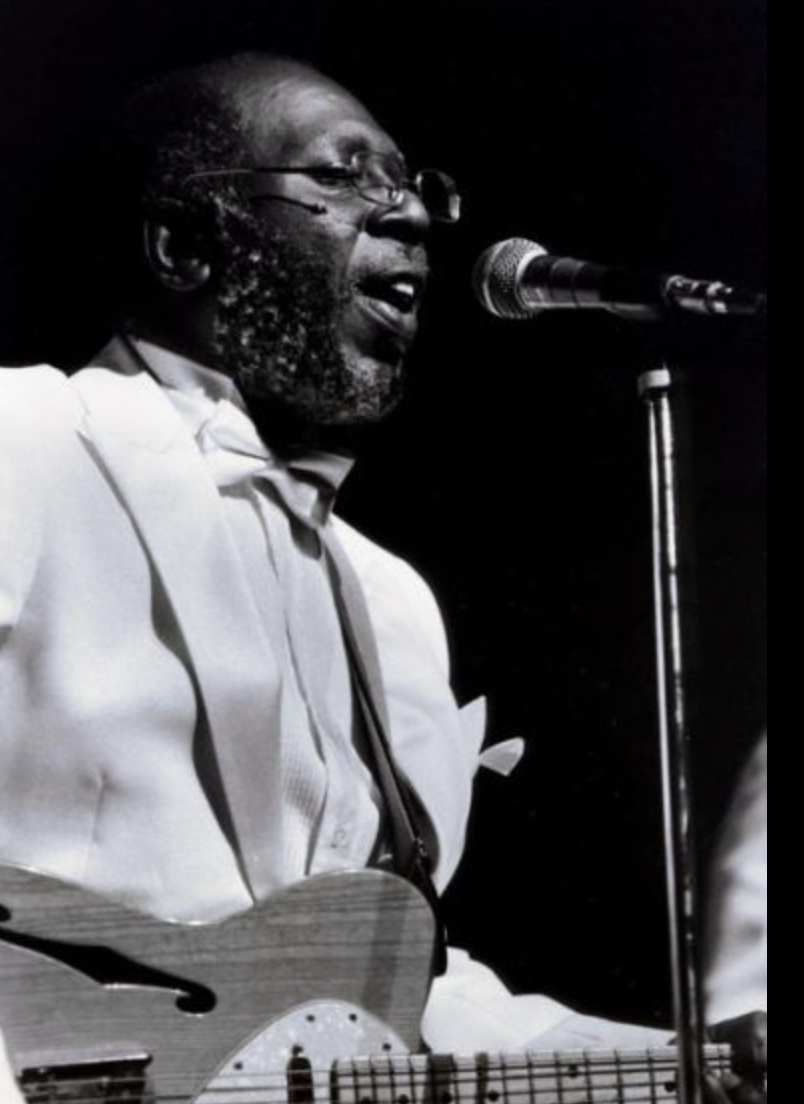





%20NEW-03.png)







